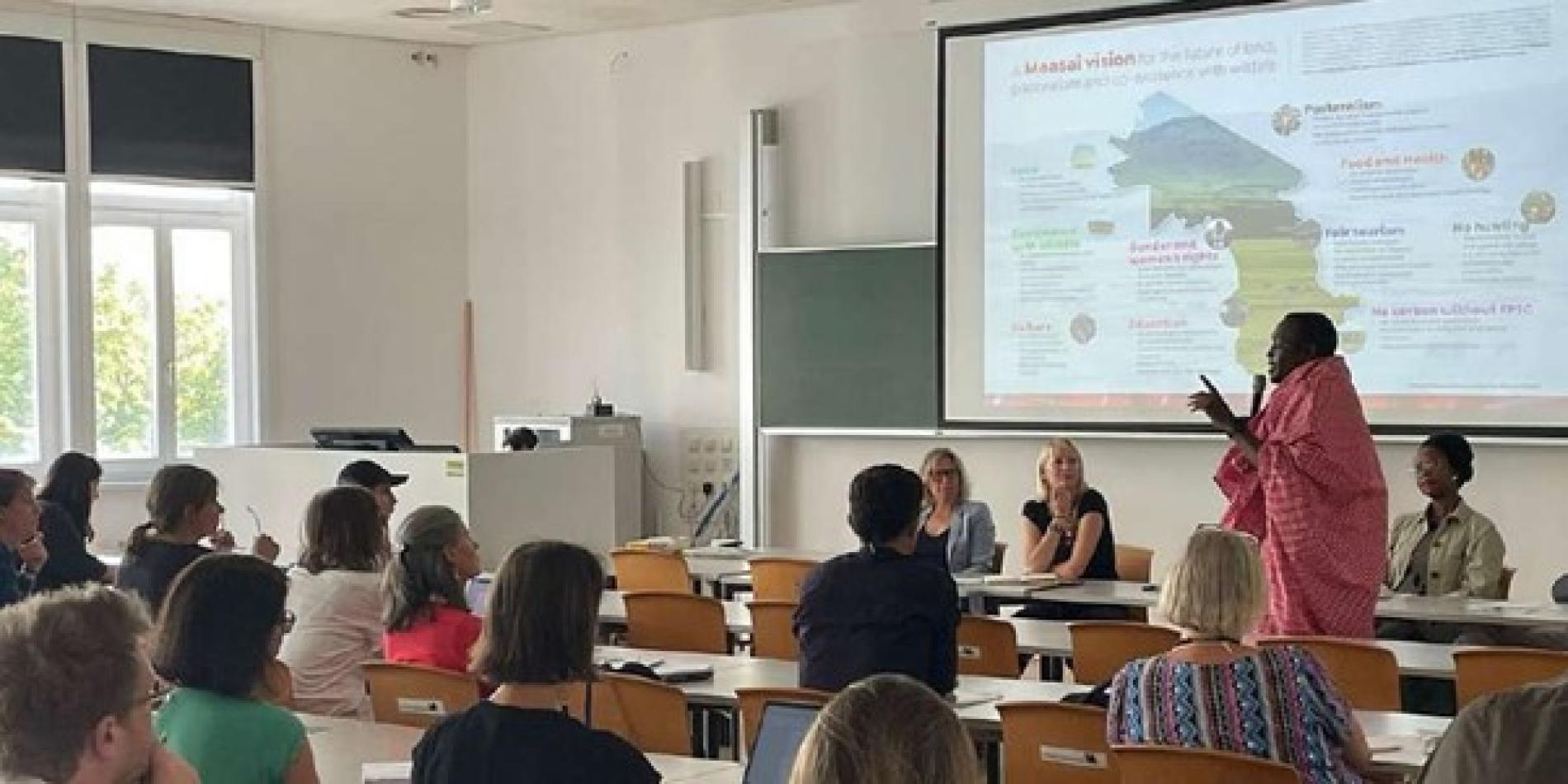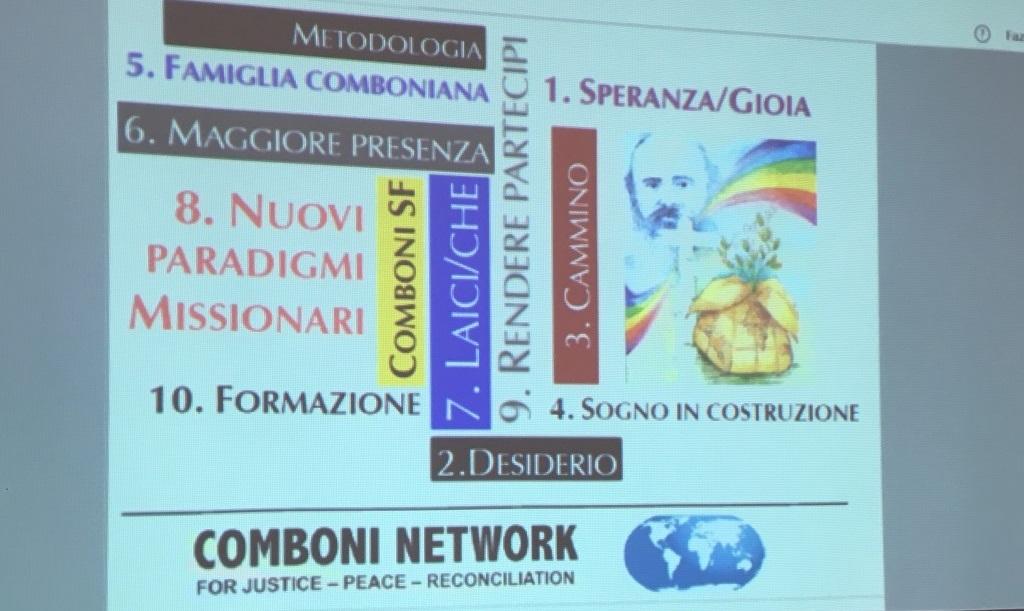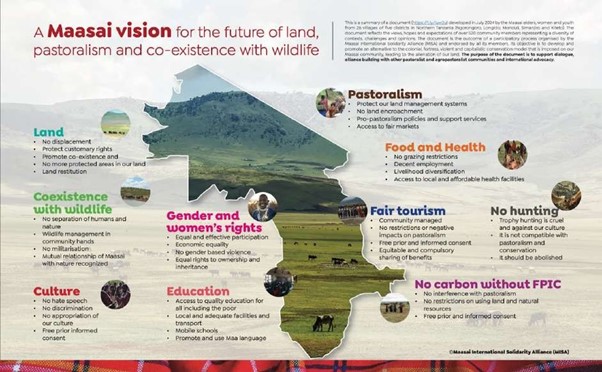Daniel Comboni
Misjonarze Kombonianie
Obszar instytucjonalny
Inne linki
Newsletter
Tuesday, October 29, 2024
The Maasai International Solidarity Alliance (MISA) is proud to announce the launch of the Maasai Conservation Vision, a comprehensive document developed by Maasai elders, and youth from 26 villages five districts in northern Tanzania (Ngorongoro, Longido, Monduli, Simanjiro and Kiteto). (...) [Photo: Joseph Oleshangay presenting the Maasai conservation vision at Tropentag workshop. Text: AEFJN]
The Maasai International Solidarity Alliance (MISA) is proud to announce the launch of the Maasai Conservation Vision, a comprehensive document developed by Maasai elders, and youth from 26 villages five districts in northern Tanzania (Ngorongoro, Longido, Monduli, Simanjiro and Kiteto). This visionary document represents the collective voices of over 520 Maasai community members who have united to assert their rights to land, pastoralism and peaceful coexistence with wildlife.
The Maasai Conservation Vision provides a powerful alternative to the colonial, fortress-style conservation models that have been imposed on Maasai, leading to displacement of people and land alienation. It outlines the community’s demands for a alternative approach to conservation grounded in the right to communal land, the protection of traditional pastoralist practices and the transfer of wildlife management and tourism into community hands. The document was launched on 11 September at the Tropentag scientific conference hosted by the Institute of Development Research, BOKU (University of Natural Resources and Life Sciences) in Vienna, Austria, where CELEP also screened a number of films on pastoralism worldwide as part of its Perspectives on Pastoralism Film Festival.
See the full press release here. The one-page visual summary of the Maasai vision for conservation can be found here and the full vision document can be found here. You can watch the recording of the event here.
While in Austria, MISA delegation met with Austrian officials in the Ministry of Foreign Affairs and the Climate Ministry to discuss matters related to landscape-based conservation and the need to push for a conservation agenda that respects human rights and community land-use practices, especially in light of the 2022 Global Biodiversity Framework. The international community has committed to conserve 30% of the earth’s surface by 2030. Advocates of Indigenous Peoples’ rights, including MISA, are concerned that this will lead to more displacement of people.





